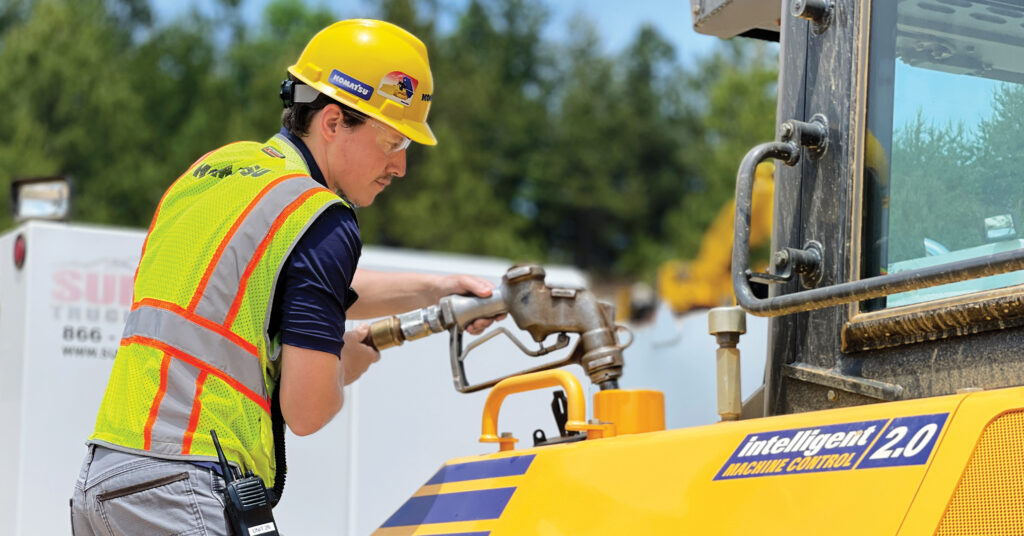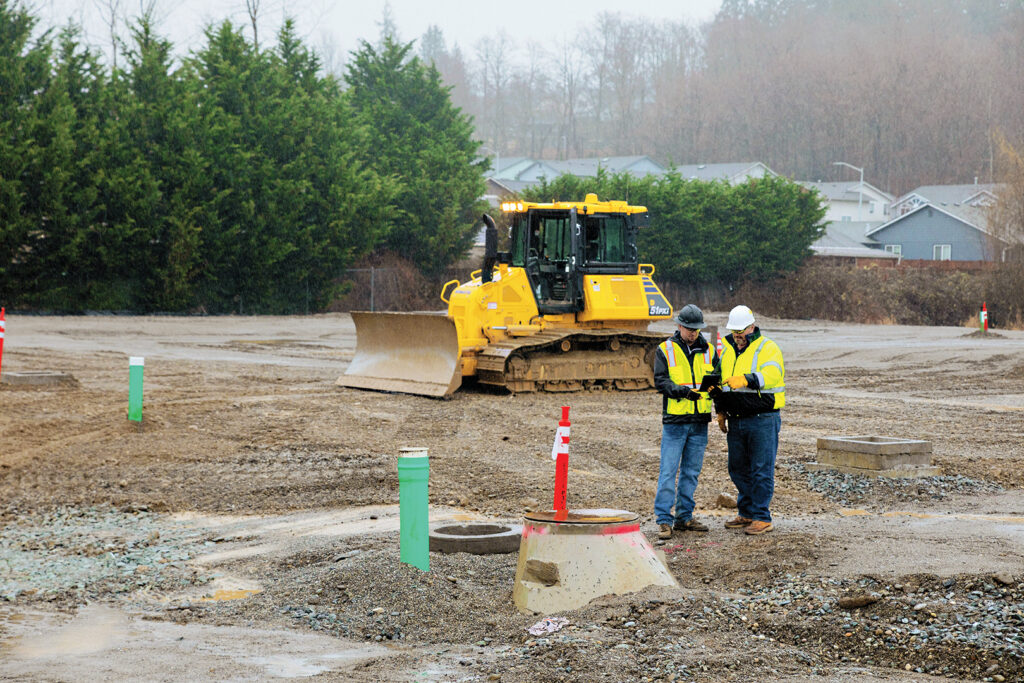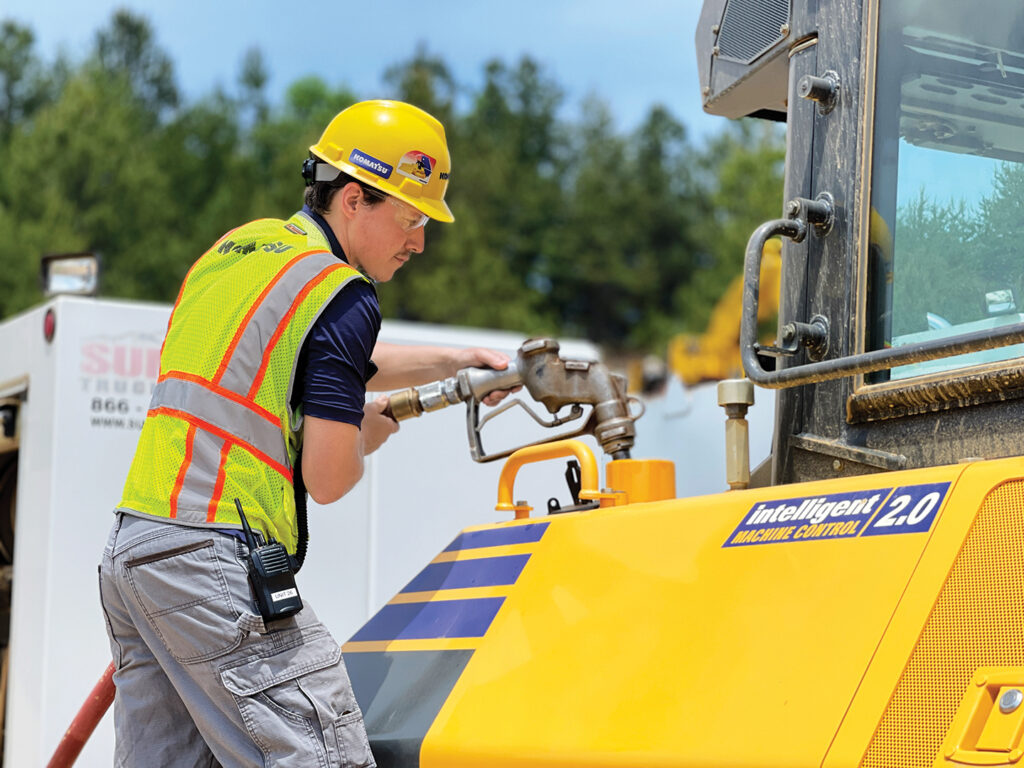
Here are some tips on how to lower fuel costs even when prices are high
Fuel is a major expense for most construction companies — and when its cost goes up, so does the threat to companies’ bottom lines.
While we cannot control the price at the pump, the good news is there are still ways for construction companies to reduce their fuel usage and lower costs.
Negotiate
In some cases, you can help defray costs through contracts and agreements. Negotiating a surcharge clause that gives you the ability to raise prices if fuel costs reach a certain level is a possibility. You may also have a simple deal with a customer that gives you the ability to do the same. If you signed a contract before prices soared and don’t have fuel surcharges in place, you can try to add them, but it’s more likely you will have to seek ways to reduce your owning and operating costs to offset the higher price.
Reduce your idle time
If you are idling for extended, unproductive periods of time, you are wasting fuel.
Idling is necessary in certain situations such as warming up and cooling down a machine. It could also be justified when you are in high-production activities that involve near-constant movement, such as loading trucks with an excavator and charging crushers with a loader, where restarting would negatively affect productivity.
Telematics let fleet managers easily track idle time by machine for their entire equipment lineup. If they see excessive idling, they can address it with operators and other on-site personnel.
Using Auto Idle Shutdown, a feature available on most Tier 4 Final machines, is an easy way to decrease idle time during unproductive periods. Your machines’ operations and maintenance manuals can show you how to set it — the minimum is five minutes before shutdown begins in most cases — and your local dealer can help too.

Heed ECO Guidance suggestions
ECO Guidance, which provides information to operators on energy-saving operations that reduce fuel consumption, is a feature on most machines introduced during the past 10 years. It displays messages on the monitor in certain situations, such as an idling stop guidance if no operation is performed for more than five minutes, and the engine is idling.
Choose the most effective mode
ECO Guidance might also suggest operating in Economy (E) mode instead of Power (P) mode.
E mode provides better fuel efficiency, so it’s often the best choice. Excavators and dozers are used for both digging and moving naturally compacted soils, and in most instances, E mode will get the job done without unnecessary fuel burn. However, if the material is hard such as heavy clay and requires greater power to move, then P mode should be used.
Properly size and match equipment for the task
Bigger is not always better and using a large machine for a job that a smaller one can efficiently do increases fuel usage and overall operating costs. Fleet managers need to consider several factors when utilizing equipment, including choosing the right size for the job.

It is also important to consider sizing attachments correctly. Excavator buckets are a prime example. Many contractors believe bigger is always better with buckets. However, at the end of the day, the pile of dirt excavated or loaded is often the same with a properly sized smaller bucket. Larger buckets extend cycle times, work a machine harder, spend more time over hydraulic relief, and end up burning more fuel.
Use technology
GPS-based grading helps increase productivity and lower per-yard costs to move material. In the last 20 years, GPS technology has improved significantly with integrated machine control that lowered costs associated with replacing cables, masts and additional satellites that increased accuracy.
Many of today’s machines with integrated GPS grade control also feature additional technologies, such as Komatsu’s Proactive Dozing Control logic, that help operators get to grade even faster and at lower costs, including reduced fuel usage. An added benefit is that technology is helping new operators become proficient at moving dirt faster than ever before.



